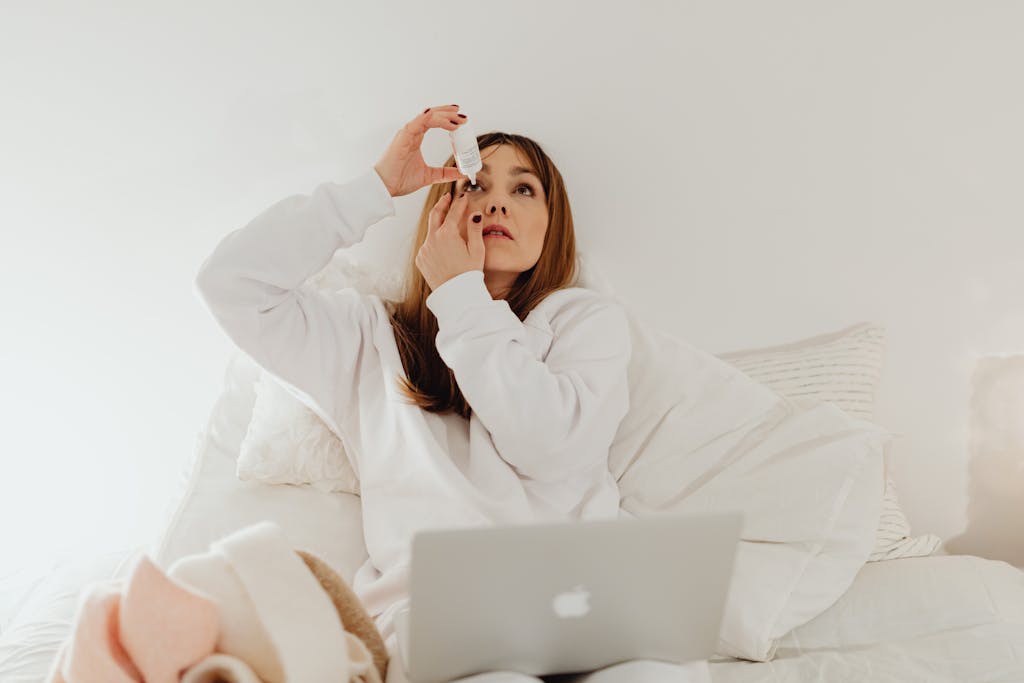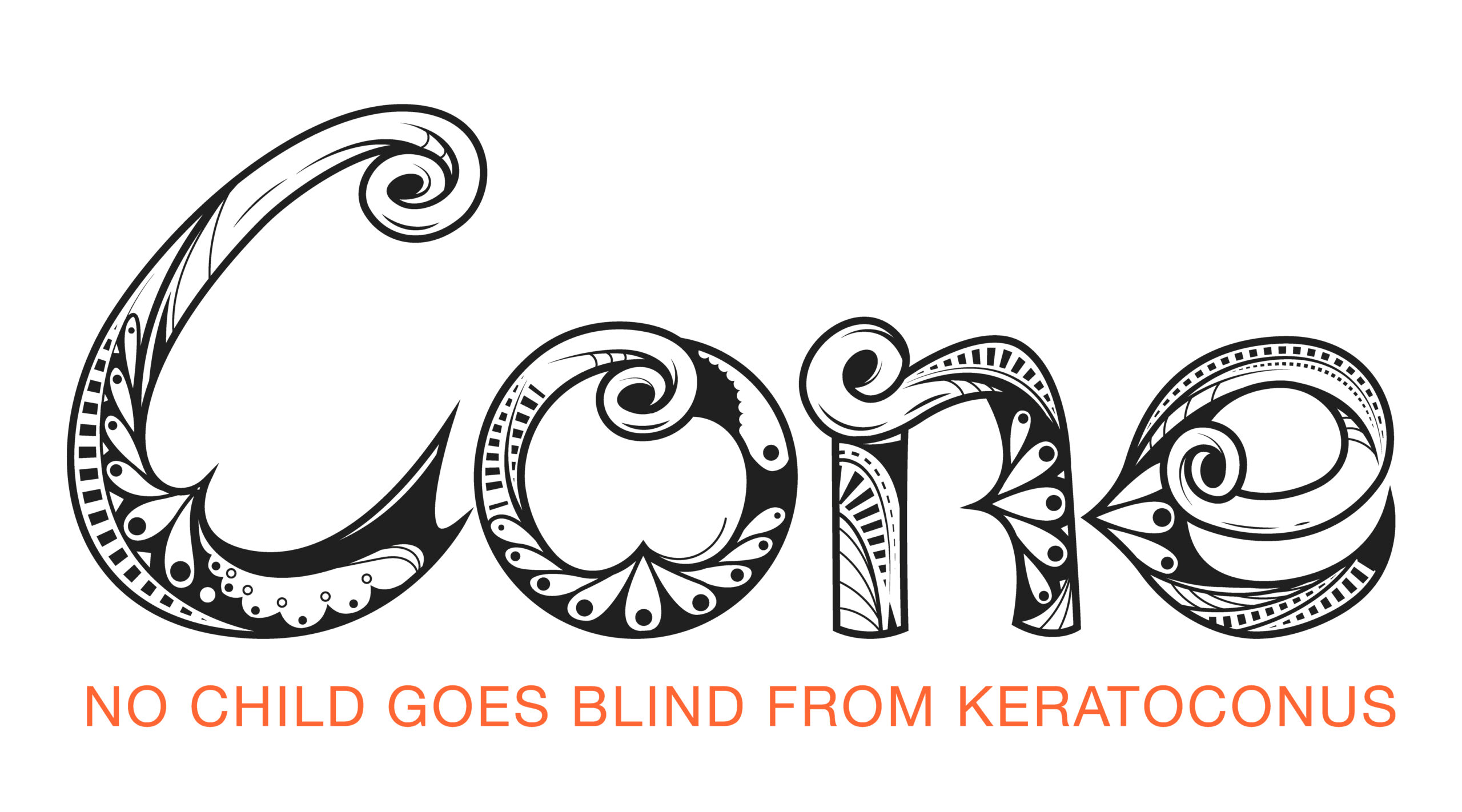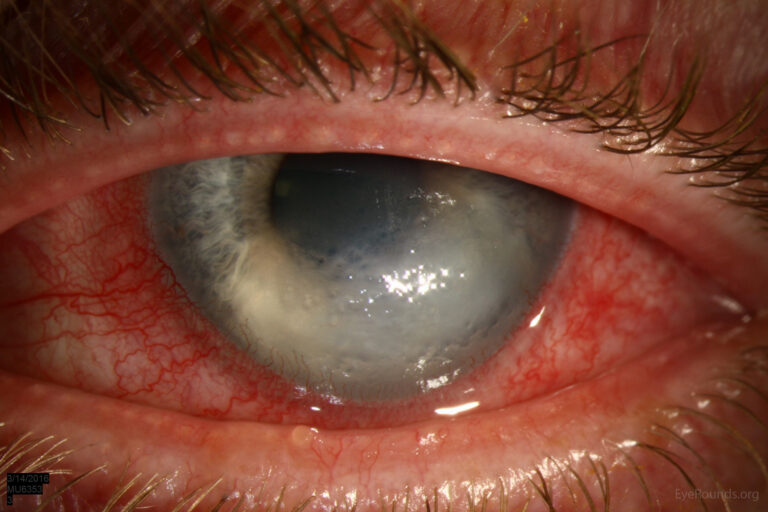NEVER rub your eyes AGAIN.
Unless you want to continue to lose your sight!
Keratoconus is a progressive eye condition that affects the cornea, the clear front surface of the eye. This condition causes the cornea to thin and bulge into a cone-like shape, leading to distorted vision. For individuals with keratoconus, managing their eye health is crucial, and one of the most important recommendations is to Never rub their eyes. In this blog, I will explain why eye rubbing can be particularly harmful for people with keratoconus, why it can cause keratoconus, the underlying mechanisms of the condition, and alternative ways to manage discomfort.
Understanding Keratoconus
To grasp why eye rubbing is detrimental, it’s essential to understand what keratoconus is and how it affects vision. In a healthy eye, the cornea is dome-shaped and smooth, allowing light to enter and focus correctly on the retina at the back of the eye. In keratoconus, the cornea becomes irregularly shaped, which causes light to scatter as it enters the eye. This scattering results in blurred or distorted vision, increased sensitivity to light, and other visual disturbances.
. There are recent reports linking inflammation to the development and progression of this disease.
- Keratoconus typically begins in the late teens to early twenties and can progress over time, leading to more severe vision problems
- Although the exact cause of keratoconus is not entirely understood, it is linked with
- genetic factors – Stronger chance to have it if it is in your family
- a history of Asthma, Eczema, hay-fever, contact lens wear and being pregnant
- certain medical conditions such as floppy eyelid disease and downs syndrome may contribute to its development.
The 4 Dangers of Eye Rubbing
1. Physical Damage to the Cornea
One of the main reasons individuals with keratoconus should avoid rubbing their eyes is the physical damage it can cause. Rubbing can apply significant pressure to the cornea, which is already weakened due to the thinning associated with keratoconus. This pressure can lead to further deformation of the cornea, exacerbating the condition and potentially accelerating its progression.
When someone rubs their eyes, they may inadvertently create micro-tears in the corneal tissue. These tiny injuries can worsen the structural integrity of the cornea, leading to more pronounced bulging and irregularities in shape. Over time, this can result in a greater need for corrective lenses or even surgical intervention.

2. Keratoconus Progression
Rubbing the eyes can also play a role in the progression of keratoconus. The cornea’s structure is delicate, and excessive pressure can disrupt its normal healing processes. This disruption can lead to increased inflammation and more rapid changes in the cornea’s shape, making the condition more severe.
Studies have shown that behaviours such as eye rubbing can lead to a more rapid deterioration of vision in individuals with keratoconus. For those who already face challenges with their eyesight, this additional strain can create a frustrating cycle of worsening vision and increased reliance on corrective measures.


3. Causing keratoconus
Rubbing the eyes can contribute to the development and worsening of keratoconus due to the mechanical stress it places on the cornea. The cornea is already weakened in individuals with keratoconus, and the force from rubbing can exacerbate thinning and irregular shaping. This pressure can lead to micro-tears in the corneal tissue, further destabilizing its structure.
Additionally, eye rubbing can trigger inflammation and irritation, which may accelerate the progression of the condition. Therefore, avoiding eye rubbing is crucial for individuals at risk of keratoconus or those already diagnosed, as it helps protect the integrity of the cornea.
4. Allergies and Irritation
People with keratoconus may also experience allergies or dry eyes, which can lead to discomfort. Rubbing the eyes in response to irritation may provide temporary relief but can ultimately exacerbate the underlying issues. This is particularly concerning for those with allergies, as rubbing can increase the release of histamines, further irritating the eyes and leading to more intense itching and discomfort.
Additionally, frequent eye rubbing can lead to the development of a condition known as “allergic conjunctivitis,” which is an inflammation of the eye’s outer membrane. This condition can make it even harder for individuals with keratoconus to maintain comfortable vision.
Emotional and Psychological Factors
Vision problems can be incredibly stressful and may lead to
- anxiety
- frustration
- depression
When people experience discomfort, they may instinctively rub their eyes as a form of self-soothing. However, this behaviour can be counterproductive, leading to further discomfort and worsening vision.
Today I had a family who said that eye rubbing and squinting is a habit that they all did. Many of them in the family have been diagnosed with keratoconus.
Alternatives to Eye Rubbing
1. Lubricating Eye Drops
For those who experience dryness or irritation, using preservative-free artificial tears can provide relief without the need for rubbing. These moisturizing eye drops help to hydrate the eyes and reduce discomfort. It is essential to choose drops that are specifically designed for sensitive eyes or those with keratoconus.
2. Antihistamine eye drops
Antihistamine eye drops offer several advantages for individuals with keratoconus, particularly those who experience allergy-related eye irritation. These drops effectively alleviate symptoms such as itching, redness, and swelling by blocking histamine receptors, which helps to reduce inflammation and discomfort.
For people with keratoconus, managing allergic reactions is crucial, as eye rubbing—often a response to irritation—can exacerbate the condition. By using antihistamine eye drops, individuals can achieve relief without resorting to rubbing, thus protecting the cornea from further stress and potential damage. Additionally, these drops can improve overall comfort, allowing for better daily functioning and quality of life.

2. Cold Compresses
Applying a cold compress over closed eyes can help alleviate irritation and provide comfort without the negative effects of rubbing. The cool temperature can reduce inflammation and soothe the surface of the eye. This method is particularly useful for individuals experiencing allergy-related discomfort.
3. Regular Eye Exams
Regular visits to an eye care professional are crucial for anyone with keratoconus. During these exams, eye doctors can monitor the condition, provide updated prescriptions for corrective lenses, and recommend appropriate treatments. Early detection of any changes in the cornea’s shape can lead to timely interventions that may slow the progression of the condition.
4. Protective Eyewear
Wearing protective eyewear can also help minimize irritation from environmental factors. Sunglasses can shield the eyes from UV rays and wind, while safety goggles can protect against dust and other irritants. This added layer of protection can reduce the urge to rub the eyes.
Conclusion
In conclusion, individuals with keratoconus should never rub their eyes due to the potential for physical damage, increased progression of the condition, and the exacerbation of discomfort caused by allergies and irritation. Understanding the delicate nature of the cornea in keratoconus is crucial for managing eye health effectively.
Instead of rubbing, individuals can adopt alternative coping strategies and seek appropriate treatments to maintain their vision and comfort. By prioritizing eye care and making informed choices, those with keratoconus can help protect their vision and improve their quality of life.






